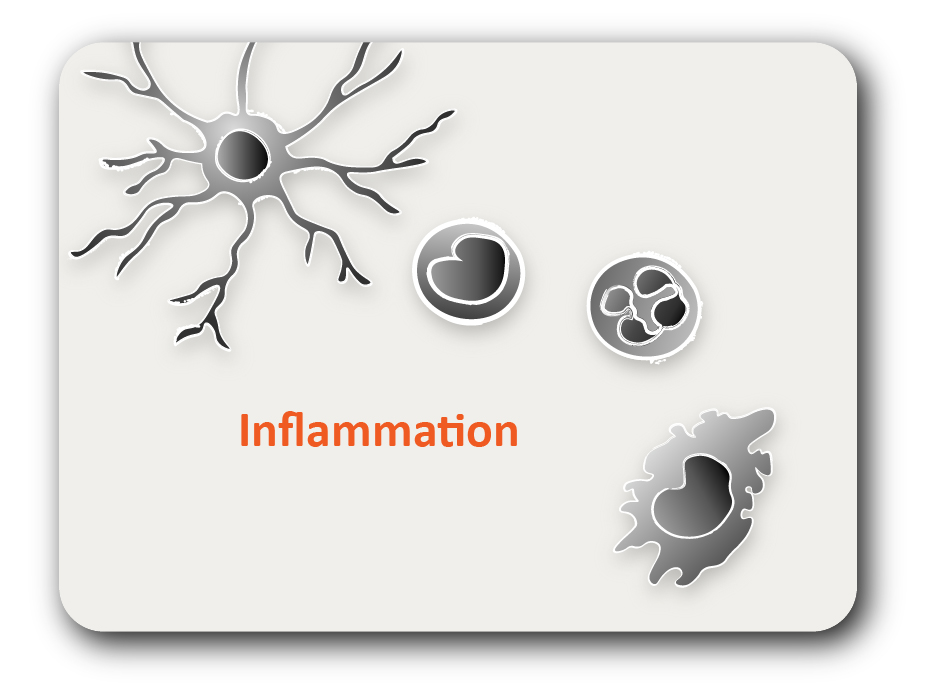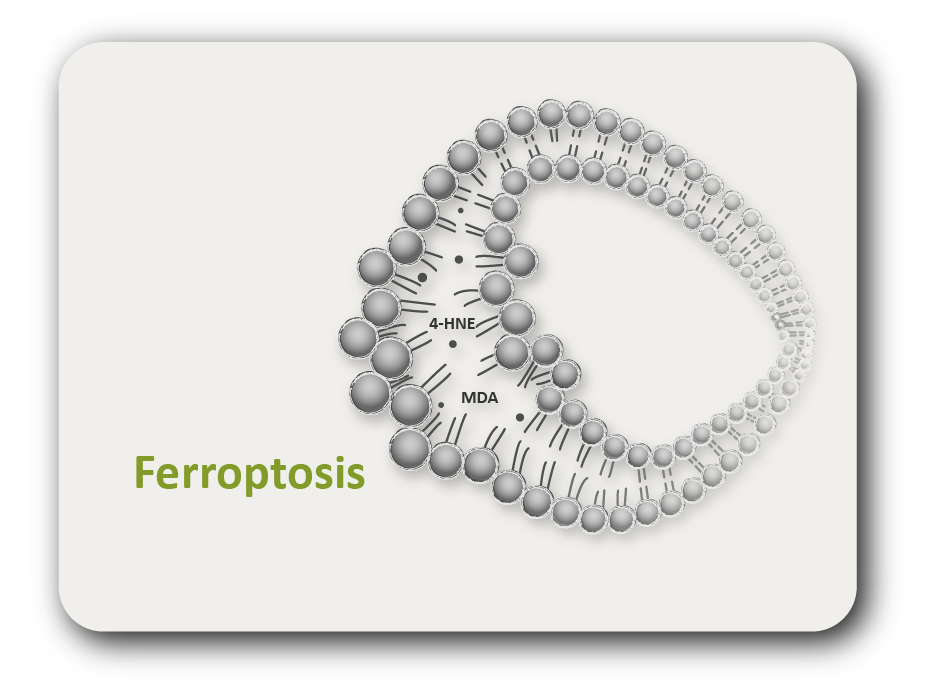ARG70546
Mouse CD24 recombinant protein (Fc-tagged)
Mouse CD24 recombinant protein (Fc-tagged) for SDS-PAGE
Overview
| Product Description | HEK293 expressed, Fc-tagged Mouse CD24 recombinant protein |
|---|---|
| Tested Application | SDS-PAGE |
| Target Name | CD24 |
| A.A. Sequence | Asn27 - Arg52 |
| Expression System | HEK293 |
| Alternate Names | CD24; CD24 Molecule; CD24A; CD24 Antigen (Small Cell Lung Carcinoma Cluster 4 Antigen); Signal Transducer CD24; Small Cell Lung Carcinoma Cluster 4 Antigen; CD24 Antigen |
Properties
| Form | Powder |
|---|---|
| Purification Note | Endotoxin level is less than 0.1 EU/µg of the protein, as determined by the LAL test. |
| Purity | > 95% (by SDS-PAGE) |
| Buffer | PBS (pH 7.4) |
| Reconstitution | It is recommended to reconstitute the lyophilized protein in sterile water to a concentration not less than 200 μg/ml and incubate the stock solution for at least 20 min at room temperature to make sure the protein is dissolved completely. |
| Storage Instruction | For long term, lyophilized protein should be stored at -20°C or -80°C. After reconstitution, aliquot and store at -20°C or -80°C for up to one month. Storage in frost free freezers is not recommended. Avoid repeated freeze/thaw cycles. Suggest spin the vial prior to opening. |
| Note | For laboratory research only, not for drug, diagnostic or other use. |
Bioinformation
| Gene Symbol | CD24 |
|---|---|
| Gene Full Name | CD24 Molecule |
| Background | This gene encodes a sialoglycoprotein that is expressed on mature granulocytes and B cells and modulates growth and differentiation signals to these cells. The precursor protein is cleaved to a short 32 amino acid mature peptide which is anchored via a glycosyl phosphatidylinositol (GPI) link to the cell surface. This gene was missing from previous genome assemblies, but is properly located on chromosome 6. Non-transcribed pseudogenes have been designated on chromosomes 1, 15, 20, and Y. Alternative splicing results in multiple transcript variants. [provided by RefSeq, Apr 2014] |
| Function | In association with SIGLEC10 may be involved in the selective suppression of the immune response to danger-associated molecular patterns (DAMPs) such as HMGB1, HSP70 and HSP90. Plays a role in the control of autoimmunity. [Uniprot] |





